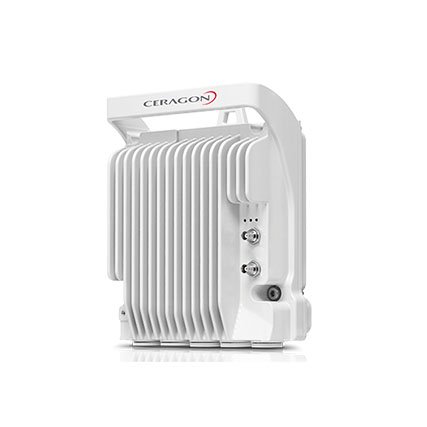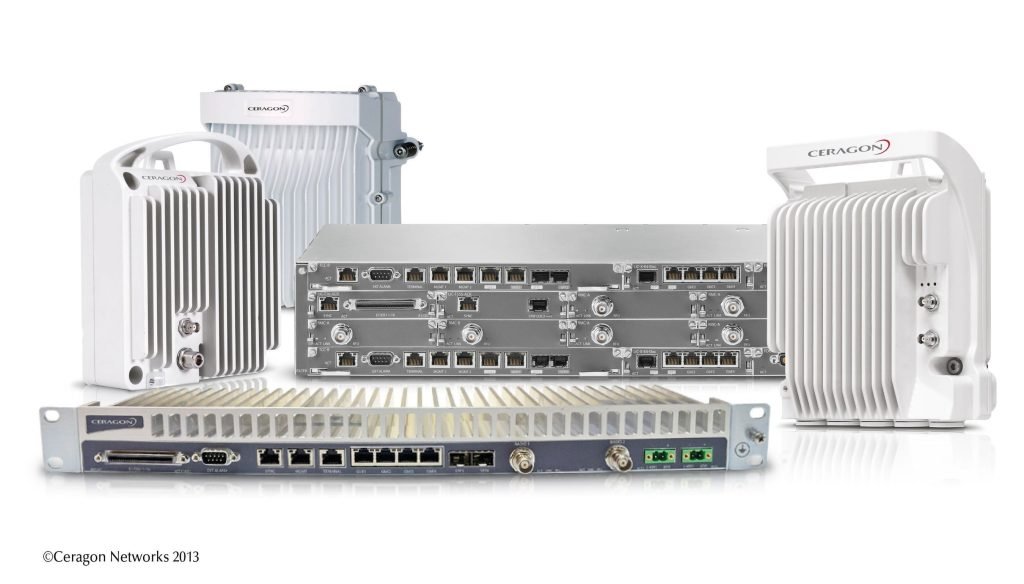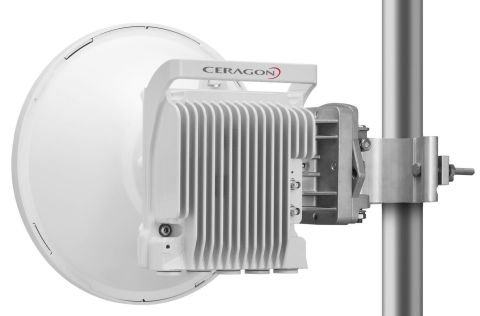Wireless Transport
Point to Point Radio
Point-to-point radio refers to a wireless communication system that enables direct communication between two specific locations or points. It typically involves the use of radio waves to transmit data, voice, or other types of information between two fixed points without the need for intermediate network infrastructure. The term “point-to-point” emphasizes the direct and dedicated nature of the communication link, which is established between two distinct endpoints.

Point to Multipoint Radio
Point-to-Multipoint (P2MP) radio refers to a wireless communication system where a single radio transmitter communicates with multiple radio receivers simultaneously. It allows for the efficient distribution of data or signals from a central point to multiple remote locations, eliminating the need for individual point-to-point connections. This technology is commonly used in applications such as broadcasting, telecommunication networks, and wireless internet service providers (WISPs).

Millimeter Wave Radio
Millimeter Wave Radio refers to a wireless communication technology that utilizes radio waves in the millimeter wavelength range, typically between 30 and 300 gigahertz (GHz). It enables high-speed data transfer over short distances, offering significant bandwidth and low latency. Millimeter Wave Radio is often used in applications such as 5G cellular networks and point-to-point wireless links, providing faster and more efficient wireless connectivity for various devices and systems.

VSAT
VSAT stands for “Very Small Aperture Terminal.” It refers to a communication technology that uses small satellite dishes to establish two-way satellite communication. VSAT systems are commonly used to provide internet access, voice, and data services in remote areas where terrestrial infrastructure is limited or unavailable. The small aperture (dish) size distinguishes VSATs from larger satellite dishes used for television broadcasting.

